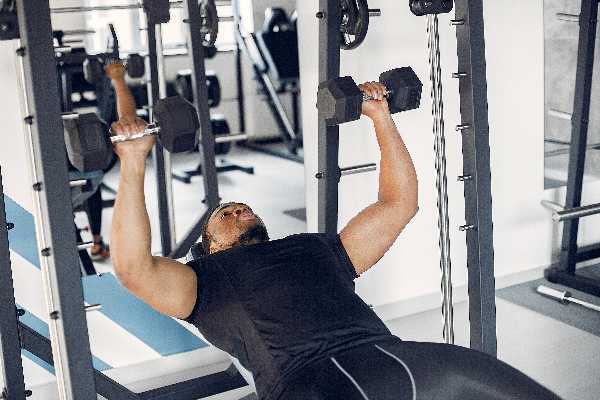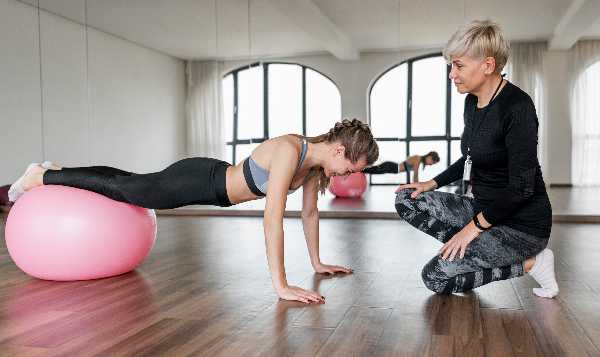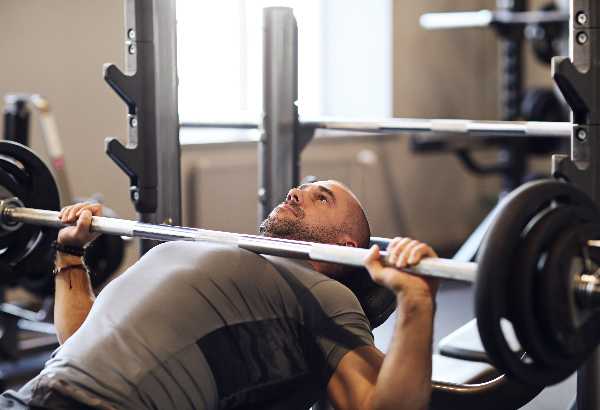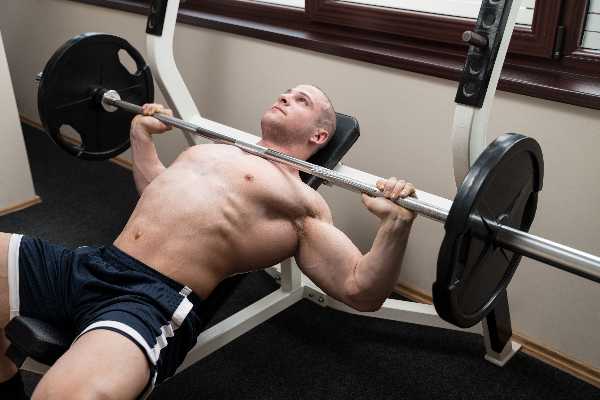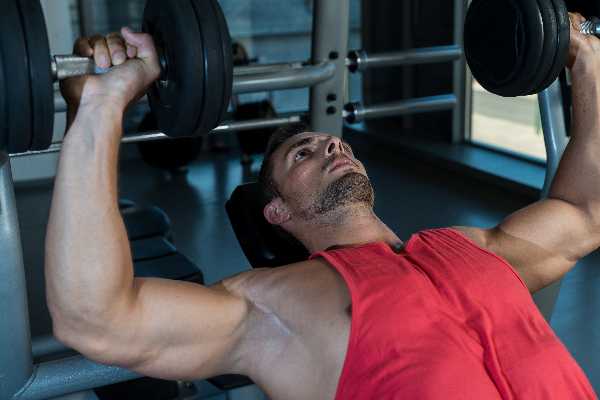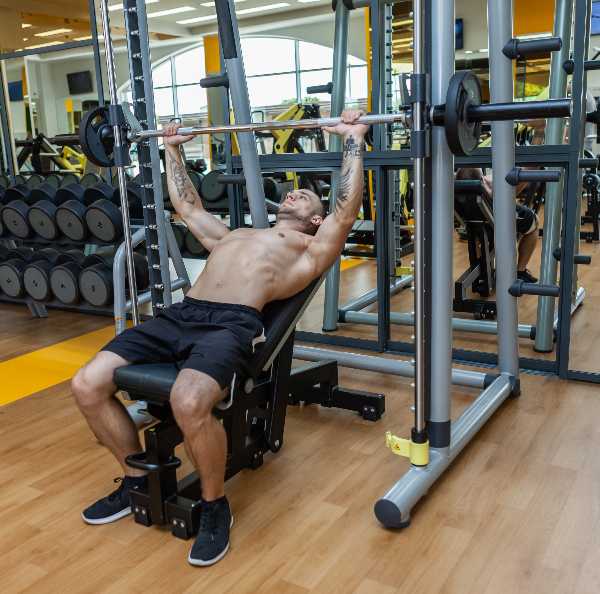Chest Training Workouts With Dumbbells
Introduction to Chest Training with Dumbbells
Are you looking to build a strong, chiseled chest? If so, incorporating dumbbells into your training routine is one of the best ways to achieve that goal. Chest training workouts with dumbbells offer versatility and effectiveness that can elevate your fitness game. Whether you’re a beginner or an experienced lifter, these workouts allow for targeted muscle engagement while helping you improve stability and strength.
Dumbbells let you focus on form and control, which are essential for maximizing gains in size and definition. Plus, they can easily be adjusted to fit any skill level or workout space. Ready to get started? Let’s dive deeper into the benefits of using dumbbells for chest exercises!
Benefits of Using Dumbbells for Chest Exercises
Dumbbells offer unmatched versatility for chest training workouts. They allow for a greater range of motion compared to barbell exercises, which can lead to more effective muscle engagement.
Using dumbbells also helps in correcting muscle imbalances. Each arm works independently, ensuring that your stronger side doesn’t compensate for the weaker one. This promotes balanced development across the chest muscles.
Moreover, dumbbells are easily adjustable in weight. You can gradually increase resistance as you get stronger. This progressive overload is crucial for continuous improvement and growth.
They encourage stability and core activation during movements. Balancing two weights requires focus and coordination, engaging not just your chest but also supporting muscles throughout the body.
The Importance of Proper Form and Technique
Proper form is crucial in chest training workouts with dumbbells. It not only maximizes the effectiveness of each exercise but also minimizes the risk of injury.
When you use correct technique, your muscles engage more efficiently. This leads to better gains and improves strength over time. Poor form can result in strain or even serious injuries, particularly in the shoulders and back.
Focus on alignment during every movement. Keep your shoulders retracted and avoid letting them rise up towards your ears as you lift weights. Your wrists should remain straight to prevent undue stress.
Breathing plays a vital role too. Inhale during the lowering phase and exhale while pushing up for optimal power output.
Regularly reviewing videos or getting feedback from trainers can help refine your technique further. Committing to proper form transforms not just how you train but also enhances long-term results in muscle development.
Top 5 Dumbbell Chest Exercises
Dumbbell Bench Press is a classic move that targets the entire chest. Lying on a bench allows for a full range of motion, ensuring effective muscle engagement.
Incline Dumbbell Flys help to sculpt the upper chest. The slight incline shifts focus, enhancing definition while stretching and contracting your pecs beautifully.
Decline Dumbbell Press shifts work to the lower chest effectively. This variation not only builds strength but also adds depth to your overall physique.
One-Arm Dumbbell Pullover engages both the chest and lats. It’s an excellent choice for improving stability while promoting balanced growth across muscle groups.
Standing Single Arm Dumbbell Chest Press challenges core stability along with targeting the chest. This dynamic movement forces you to control each rep while engaging multiple muscles simultaneously.
A. Dumbbell Bench Press
The Dumbbell Bench Press is a classic chest exercise that packs a powerful punch. It’s perfect for building strength and mass in your pectoral muscles.
To perform this move, lie back on a flat bench while holding a dumbbell in each hand. Start with the weights at chest level, palms facing forward. As you press the dumbbells upward, keep your elbows slightly bent to protect your joints.
One of the best aspects of this exercise is its versatility. You can adjust the weight to suit any fitness level, making it accessible for everyone from beginners to seasoned lifters.
Moreover, using dumbbells allows for greater range of motion compared to barbells. This means more muscle fibers are engaged during each rep.
Integrating Dumbbell Bench Press into your routine will not only enhance strength but also improve stability and balance as you work both sides of your body independently.
B. Incline Dumbbell Flys
Incline dumbbell flys are an excellent addition to any chest workout. They focus on the upper part of your pectoral muscles, helping create that well-defined look many desire.
To perform this exercise, lie back on an incline bench with a dumbbell in each hand. Start with your arms extended above you, palms facing each other. Slowly lower the weights outwards in a wide arc while keeping a slight bend in your elbows.
This movement stretches and contracts the chest effectively. It also engages stabilizing muscles throughout your shoulders and core, enhancing overall strength.
Be mindful of using appropriate weights to maintain control during the exercise. This will help prevent injury and ensure you’re getting the most out of every rep.
Incorporating incline dumbbell flys into your routine can lead to significant gains in both strength and muscle definition over time.
C. Decline Dumbbell Press
The decline dumbbell press is a fantastic exercise for targeting the lower portion of your chest. This variation shifts focus from the upper chest while still engaging your triceps and shoulders.
To perform this move, lie back on a decline bench with dumbbells in hand. Your feet should be securely positioned at the top of the bench to avoid slipping. Lower the weights slowly until your elbows are at about a 90-degree angle, then press them back up.
Maintaining control throughout is essential here. Avoid bouncing or using momentum; let muscle strength guide each repetition.
Incorporating this exercise into your routine can add diversity and enhance muscle definition in your pectoral region, leading to impressive gains over time. Plus, it’s an effective way to break through plateaus if you’re searching for new challenges in your workouts.
D. One-Arm Dumbbell Pullover
The One-Arm Dumbbell Pullover is a fantastic exercise that targets the chest, back, and core. It’s unique because it engages multiple muscle groups while promoting stability.
To perform this move, lie on a bench with your upper body supported. Grab a dumbbell in one hand and extend it straight over your chest. Slowly lower the weight behind your head while keeping a slight bend in your elbow. This motion stretches the lats and opens up the rib cage for deeper breaths.
As you pull the dumbbell back to starting position, engage your core to maintain balance. Switch arms after completing your reps to ensure balanced development on both sides of your body.
Integrating this exercise into your routine can enhance overall strength and flexibility in the upper body. Plus, it’s an excellent way to break through plateaus in traditional chest training workouts with dumbbells.
E. Standing Single Arm Dumbbell Chest Press
The Standing Single Arm Dumbbell Chest Press is a powerful addition to your chest training routine. Not only does it effectively target the pectoral muscles, but it also engages your core and stabilizing muscles. This exercise requires balance and coordination, making it an excellent choice for building functional strength.
To perform this move, stand with your feet shoulder-width apart and hold a dumbbell in one hand at shoulder level. While keeping your elbow close to your body, press the weight upward until your arm is fully extended. Make sure to control the movement as you lower the dumbbell back down.
One of the great benefits of this exercise is that it highlights any muscle imbalances between sides. If one side feels weaker during the lift, you can focus on correcting those discrepancies over time.
Incorporating these five exercises into your chest training workouts with dumbbells will lead to increased strength and definition in no time. Remember to prioritize proper form and technique throughout each movement for optimal results!
- About the Author
- Latest Posts
Johnnie D. Jackow Sr., the founder and CEO of Total Body Fitness, Worldwide, has a long-standing career in the fitness industry. He began as a certified personal trainer in the mid-90s and soon after authored his first weight loss book in 1998. This led to the launch of Total Body Fitness, Nationwide in the USA at the same time. Johnnie gained recognition as the fitness guru of his time, running infomercials on local TV late at night in Houston, Texas. Over the years, he has helped more than 40,000 individuals from all over the world achieve their health and fitness goals. With over 60,000 hours of documented training in integrative functional medicine, he completed his PhD in human physiology in 2010. His primary objective is to assist people in reaching their health and fitness goals through alternative approaches rather than relying solely on conventional medicine and pharmaceutical drugs. Today, with almost three decades of experience under his belt, Johnnie continues to be a leader in health and fitness.

